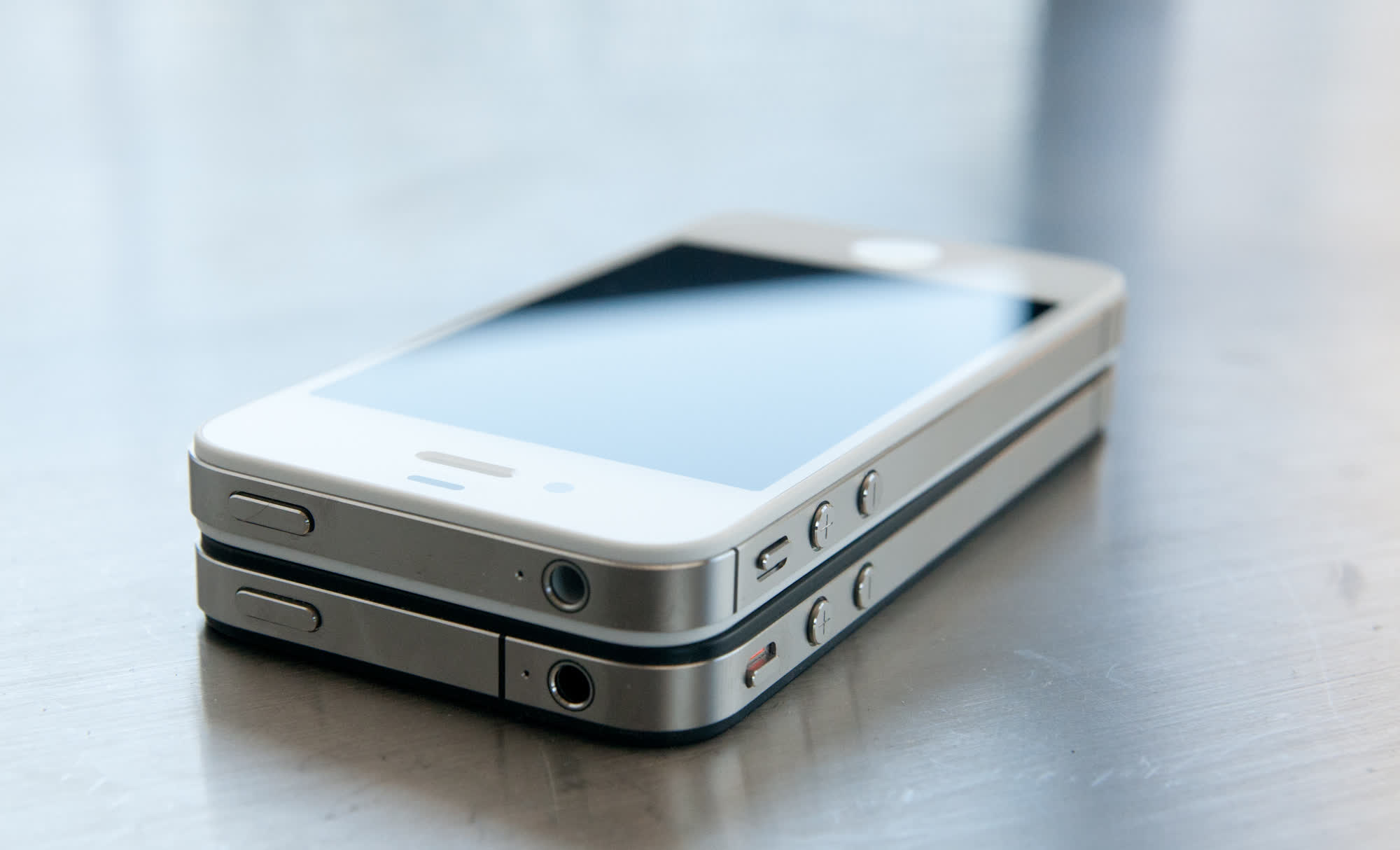Camera, Music, Battery, Conclusion
Another of the more noticeable changes from the iPhone 4 to the iPhone 4S can be found in the camera. The iPhone 4S features a new 8-megapixel camera with an f/2.4 lens and a backside illuminated sensor that is 73 percent more sensitive to light than the already impressive 5-megapixel sensor found in the iPhone 4. It features autofocus, with face detection, and a flash, and can record 1080p HD video with digital image stabilization. Apple also claims that the new camera is significantly faster (to launch and to shoot) than before, and much faster than the competition. Photos are captured with accurate color and gobs of detail, and the interface is simple to use. The camera opens with minimal lag, and it is possible to bang out shot after shot without it slowing down between images.
iOS 5 includes a simple photo editor that offers an enhance function, a red-eye removal tool, and cropping abilities. There is also an HDR mode that can be turned on to reveal more detail when taking shots in difficult lighting conditions. Apple also finally added a camera shortcut to the lock screen (though it still takes three taps to open the camera from it), and you can snap the shutter by clicking the volume-up key when in the camera app. The downside of this is that you have to be very aware of where your fingers are when composing your shot, as it's very easy to block the lens or flash with a stray finger from your right hand.
The 1080p video that the iPhone 4S captures is right up there with the video shot by the Samsung Galaxy S II, the current king of mobile phone video. The iPhone 4S does have an advantage with its image stabilization feature though. The iPhone also has a simple video editing feature for trimming clips down to smaller sizes.
Unfortunately, Apple stuck with the VGA resolution front-facing found on the iPhone 4 for the iPhone 4S, but it gets the job done for video calling purposes.
No wonder, the iPhone 4S has one of the strongest ecosystems for music with the iTunes Store. You can browse the millions of songs available in the store right on the phone, or purchase music on your computer and transfer it to the phone, which can now be done over Wi-Fi or the traditional USB cable. The Music app, which has been split from the Videos app for iOS 5, offers an attractive interface for listening to tunes, and has various equalizer settings and a "Shake to Shuffle" feature. The external speaker on the iPhone 4S, found on the bottom of the phone, gets quite loud and does a good job of resisting distortion. Apple packs its ubiquitous white earbuds with microphone and remote with the iPhone 4S, and while they are certainly not the best headphones on the market, they will get the job done for the vast majority of users. The iPhone 4S also supports A2DP Bluetooth streaming.

Coming soon, but not available at the time of writing this review, is the new iTunes Match service, which will allow users to access all of their music stored on their computer from their iPhone, much like how Google Music Beta works for Android smartphones. iTunes will scan the user's computer for music and then offer those tunes to be downloaded to the iPhone through the iTunes app on the phone. Apple expects this service to be available at the end of October, so it shouldn't be too long before iPhone owners can take advantage of it.
The iPhone 4 offered impressive battery life, and the iPhone 4S carries on that tradition, though it doesn't improve upon it. During my review, I was able to get through a full day, from 7 a.m. to 11 p.m. on a single charge (and at times, with power to spare), with my usual battery of two email accounts refreshing at the fastest intervals, push notifications from a variety of apps, including Facebook and Twitter, a handful of text messages, a good amount of web browsing, and the occasional phone call or two (imagine that!). The iPhone 4S easily outpaces most any Android smartphone, but it doesn't beat the best ones by a large margin. As you know there's a compromise in not being able to swap in a fresh battery when the first one dies. I was really hoping to be able to go 24 hours on a single charge with the iPhone 4S, but at this point, it seems like battery technology just isn't there yet.
The iPhone 4S may not have a radically brand new design or some of the features that other top-tier smartphones do these days (such as a larger screen or 4G connectivity), but offers what is arguably the best smartphone experience of any device on the market today. It improves upon the massively successful iPhone 4, and takes the crown as the best smartphone you can get. It is not perfect, but Apple's blend of an easy-to-use interface and stellar construction add up to a great smartphone that competitors are still trying to match. Though the iPhone 4S may not appeal to owners of the iPhone 4 due to its similarities to the older model, I would not hesitate to recommend it to anyone who is looking at their first smartphone or is wanting to switch to iOS from another platform. You could certainly do far worse.
Pros: Excellent hardware construction, easy interface, iOS 5 + Siri, excellent camera, speed to spare.
Cons: Smallish screen, no 4G, no user replaceable battery.
Dan Seifert is a contributing editor at MobileBurn.com.MobileBurn focuses on cell phones, smartphones, tablets, and related hardware. Republished with permission.
